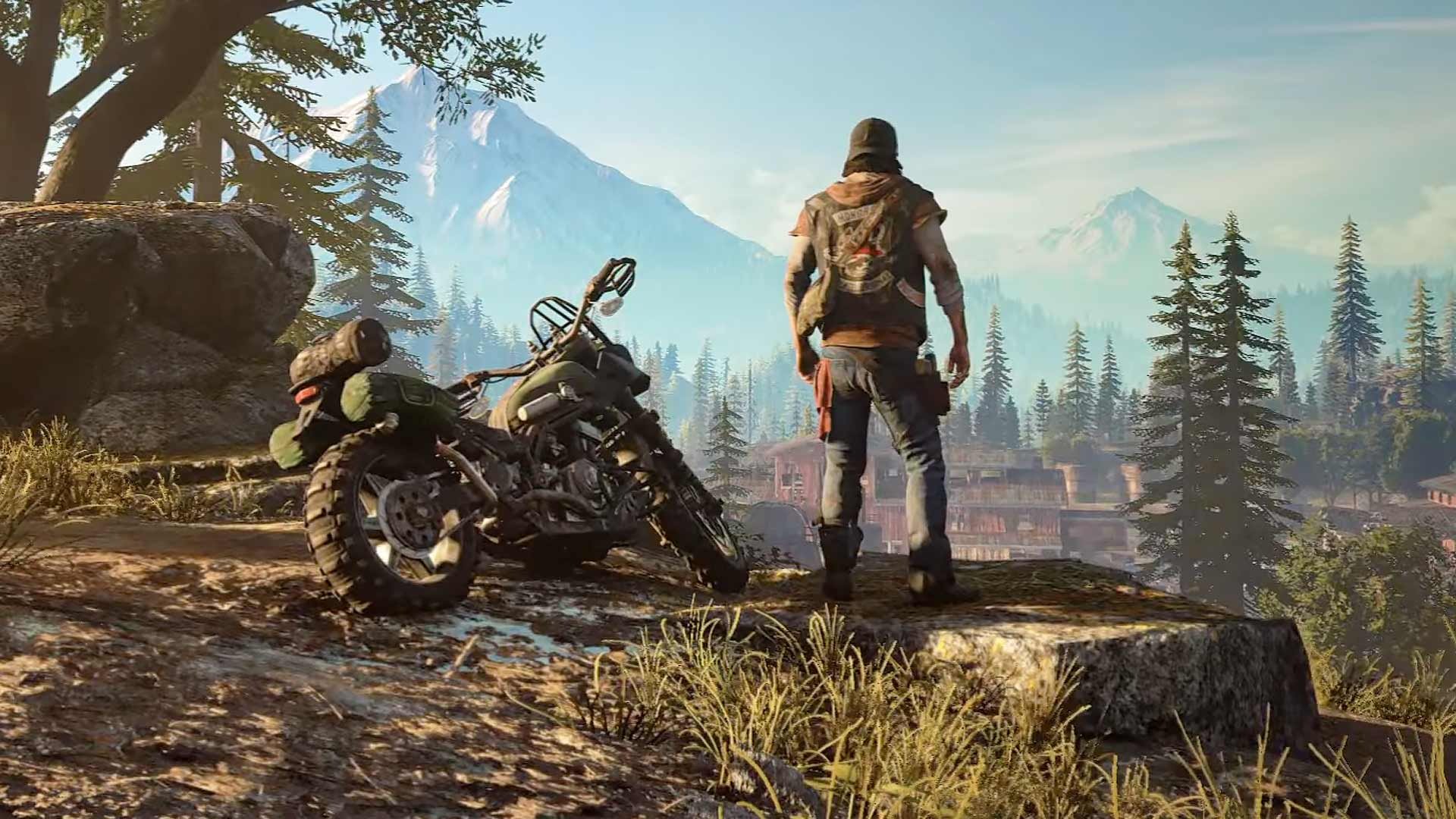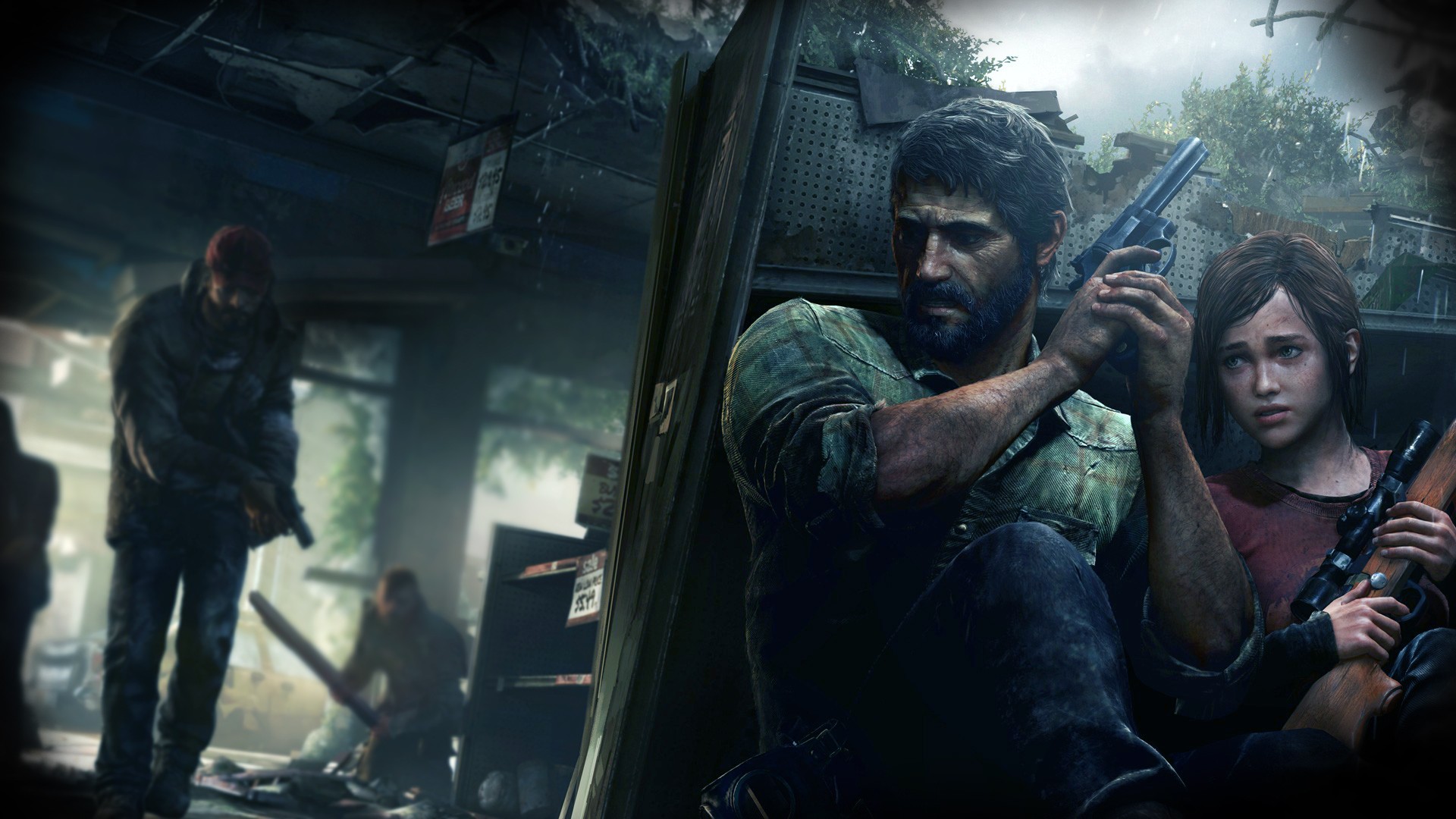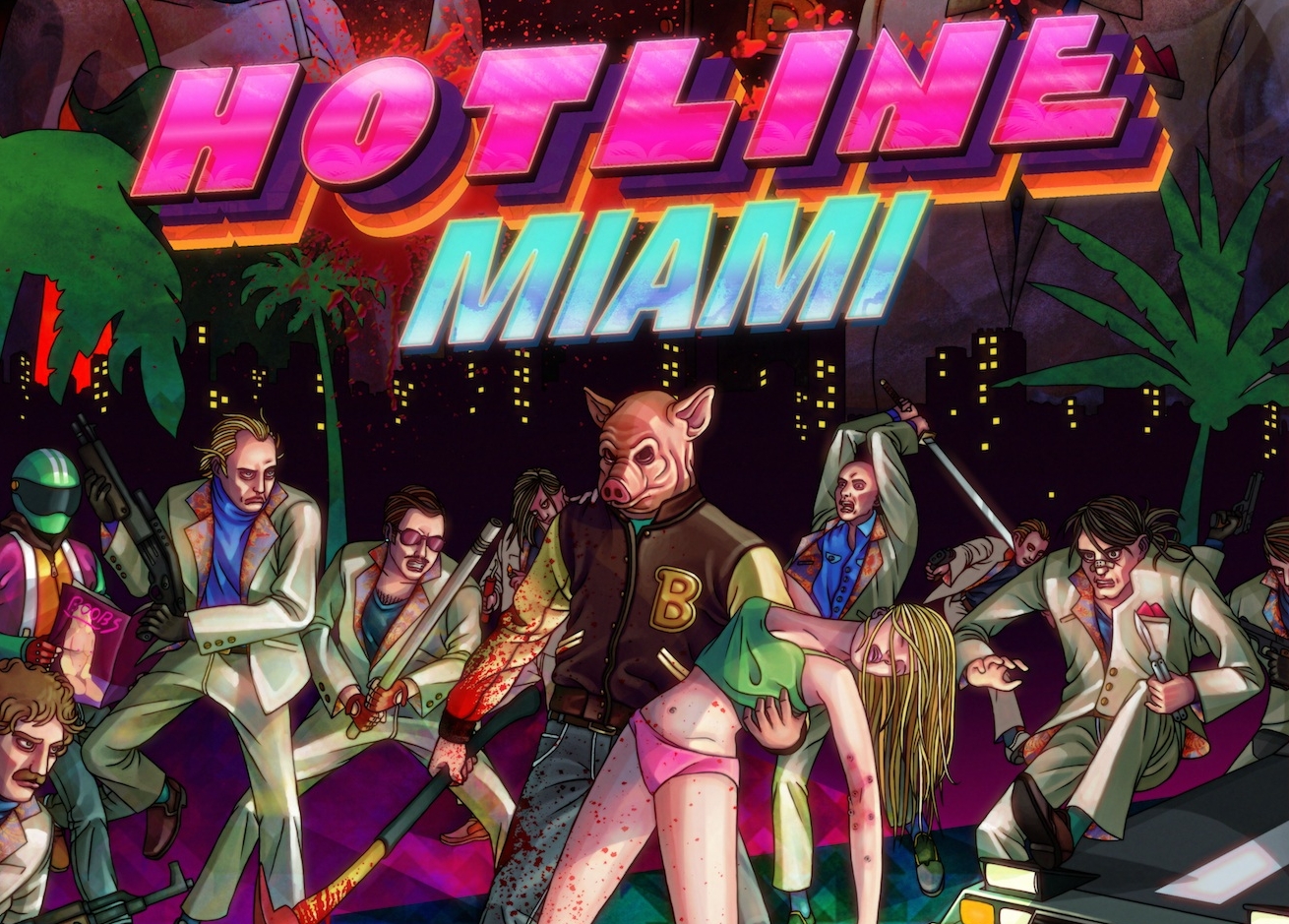If you follow videogames media, you will no doubt already be aware of the polarised reception to Sony’s latest AAA exclusive title, Days Gone. Those in the positive camp have praised the intense atmosphere of this open world meets survival horror adventure while naysayers have criticised a release that contains more bugs than the Oval Office. Both sides of the debate have been particularly rabid in either their praise or their lambasting and, as is often the case, the truth resides somewhere in the middle. While there is much to enjoy about Days Gone, that enjoyment is all too often hamstrung by frustration, repetition and baffling design decisions.
A little context is necessary at this point. Days Gone, by the first-party Bend Studio, has been in development for the guts of five years. Set in Oregon, a location not too different from the one featured in this years Far Cry 5, the central narrative traces the plight of Deacon St. John (yes, really: he might as well be called Bishop Goodman, Pilgrim Finefeatures or Hero McBland), a grizzled biker outlaw (think Sons Of Anarchy but with more personality) trying to survive in a world that has been ravaged by a cataclysmic event that has transformed people into growling, slavering, fast-running zombies. In Days Gone, they are not called zombies, of course: “Freakers” is the preferred term, and there are an awful lot of them, overrunning the landscape, chasing you in packs and, in a neat twist on undead lore, building nests in barns, caves, shacks and other abandoned places. The human element in the story is provided by Deacon’s relationship with Boozer (once again: yes, really!), a fellow MC member with whom he enjoys some gruff repartee, and the search for his wife Sarah from whom he was separated during the chaos of the outbreak. These factors lead Deacon and Boozer to discover several camps that function in the classic video game manner where you can load up on supplies, purchase new weapons and pick up side quests. These encampments, however, are also when you begin to encounter some of the issues that prevent Days Gone from being truly great. Firstly, there is your motorbike: your steed, your lady, your gasoline horsey… whatever term you wish to use, there is no getting away from the fact that it is an encumbrance. You see, to ride anywhere, you’re going to need fuel. In principle, this is not a problem – it is a survival game, after all, and the likes of Red Dead Redemption 2 are designed around similar principles – but your bike is very thirsty, and the petrol gauge drops inordinately quickly. A journey between any two points will most likely require you to fill up again, which is irksome given that most of the game’s quests require you driving between the said two points. Replacement fuel can be acquired by stopping at a deserted petrol station, buying it at a camp or finding a discarded canister. The latter, however, requires dismounting, picking up the canister, filling up the tank, dropping said canister, getting back on your bike, accelerating, turning off the headlamps as the light attracts enemies… it is understandable that Bend Studio wanted the player to appreciate that resources are scarce, and that this could add tension and pressure to decision-making, particularly when you are hunting for a jerry can while you are being hunted by a swarm of the infected. However, the repetitive nature of such a mundane task is vexing – it is hard to feel like an easy riding, double denim badass when you have to worry about such the inane business of finding petrol, particularly when the storyline forces you for no good reason to repeatedly visit a grave that is inconveniently located at the far end of the map. It feels redundant and forces the player into a feedback loop of collecting enough money to upgrade your bike to prevent fuel from being such a problem – frankly, this is a nuisance, and serves no narrative purpose whatsoever. It might seem churlish to make such a big gurny fuss about something so inconsequential but when riding is so integral it has dire consequences for the game’s internal rhythms.
The same could be said for weapons. In Days Gone, you will have access to an increasing array of firepower of increasing destructive power, most notably the Molotov cocktails and proximity bombs that are essential for wiping out multiple enemies at once. However, upgrading your guns has one major drawback: yes, you will be stronger than the various human forces (a cannibal cult and gangs of marauders are the most memorable) that you encounter but in most cases they no longer share the same weapons as you, which means that you cannot pick up ammo unless you 1) also pick up a lower grade gun or 2) find one of the not entirely plentiful crates 3) return to camp and restock. So, there you are, conserving your shots while all around you lie less effective shotguns and pistols. Again, it is easy to see that Days Gone has been designed to stretch and challenge, and shopkeepers are a staple of the genre but sadly some mechanics feel unnecessarily onerous: at one point, and we will tiptoe gingerly around spoiler territory here, you are tasked with a series of missions to do X at the location of Y to wipe out an army of Z but after all of this time and effort, you discover that most of Z survived the initial X, and you have to go and kill them the old-fashioned way. In terms of dramatic storytelling, this renders the rising action and climax entirely pointless.
As with many open world titles, there is constant conflict between the game’s promise, the player’s desires and the limitations of the existent technology. Unlike the aforementioned Far Cry 5, where liberated bandit outposts can be repopulated and used strategically, in Days Gone enemy camps remain empty – defeating them is of no great import, thus breaking the illusion that your actions have any consequences. Also, there is no getting away from the fact that there are bugs. Lots of bugs. It is not uncommon for open world games to feature glitches but Days Goneis rife with them, and while some are minor, there are others that disrupt play entirely. Subtitles do not show onscreen, directional cursors are absent from the mini-map… several hefty patches have already been made available but problems persist: while playing a co-operative mission, a non-playable character fell through the map into out of bounds, thus requiring a reload and a mission restart. On another, whilst thundering Deacon’s bike downhill, an entire group of Freakers appeared out of nowhere – texture pop-in is to be expected but when approximately one hundred flesh-hungry monsters instantly magicks itself onscreen leading to your death, you would be forgiven for pitching the controller through the television.
This might all sound moaning for the sake of it but a lot of Days Gone is spent doing things for the sake of it. Hiding within – trapped, like Colonel Abrams, perhaps – there is a great game, and a really great game at that, but one wishes that Bend studios had spent more time play-testing to work out the kinks. The most enjoyment is to be had when hunting down the multiple “hordes” rampaging around the map. It requires time and a lot of strategic planning and placement of explosive mines to decimate these large groups of infected, and it is thrilling to flee from a shrieking miasma of limbs and teeth. Make a mistake or fail to sprint away, and you will be chomped. The sound design here is deeply unnerving: a subtle piano line will inform you that enemies are near but by the time that you are sprinting through a dilapidated sawmill, the music has swollen to a deafening storm of panic and chaos. There is also much guilty pleasure to be found when leading a horde to a cannibal camp or up against a contaminated bear. Concealing yourself in a vantage point while the AI dukes it out is great fun, as is riding your bike through a snow-blanketed mountain range – some required missions, curiously, do not consume fuel, and it is during these moments, when you can let loose with the nitrous, that the game soars. Equally interesting is arriving at new encampments as the storyline opens up and branches off, particularly when you encounter and butt skulls with the moralising pacifist Iron Mike. All of these elements remind you why you are playing – why you should be playing. However, the chores are never too far away: at one point, Deacon comments on how every generator he discovers is out of gas, which may or may not be an intentionally meta comment on this tired mechanic, and you know exactly how he feels.
There are many who will love Days Gone. Certainly, it can be enjoyed when consumed in short bursts of chaos but it lacks the oomph of other Sony exclusives such as Horizon Zero Dawn or the much more linear but no less wonderful classic The Last Of Us. Maybe it is the fact that in recent years the videogame market has been saturated with spins on the zombie genre that Days Gone feels a little tired. To quote Dawn Of The Dead, “When there’s no more room in Hell, the dead will walk the earth.” But what happens when there is no more room on earth? Well, Deacon St. John dons his biker cut and rides into the distance… after he stops for fuel. Ross Thompson






